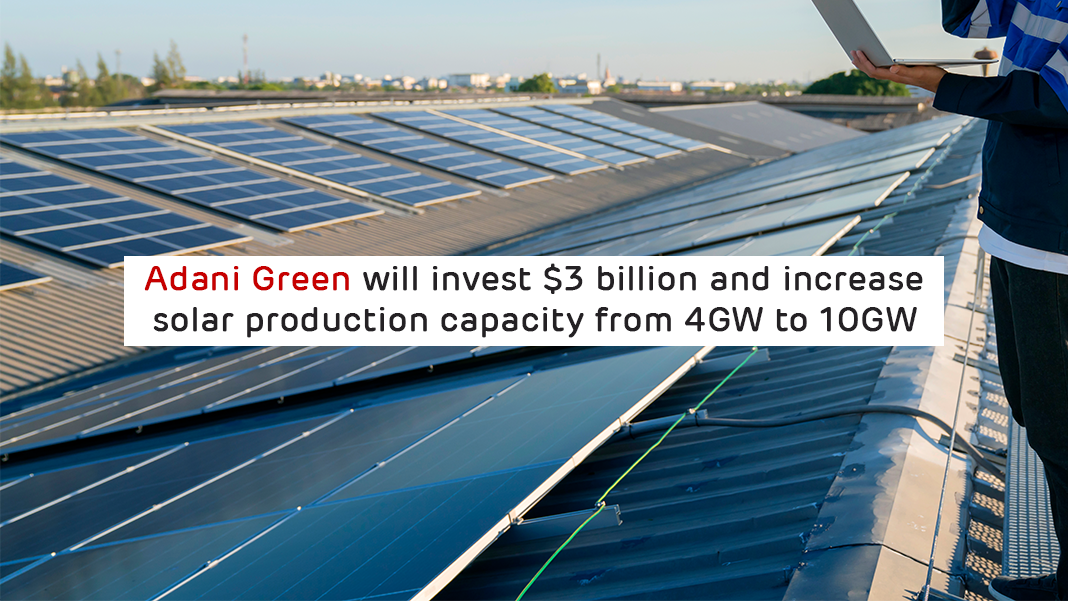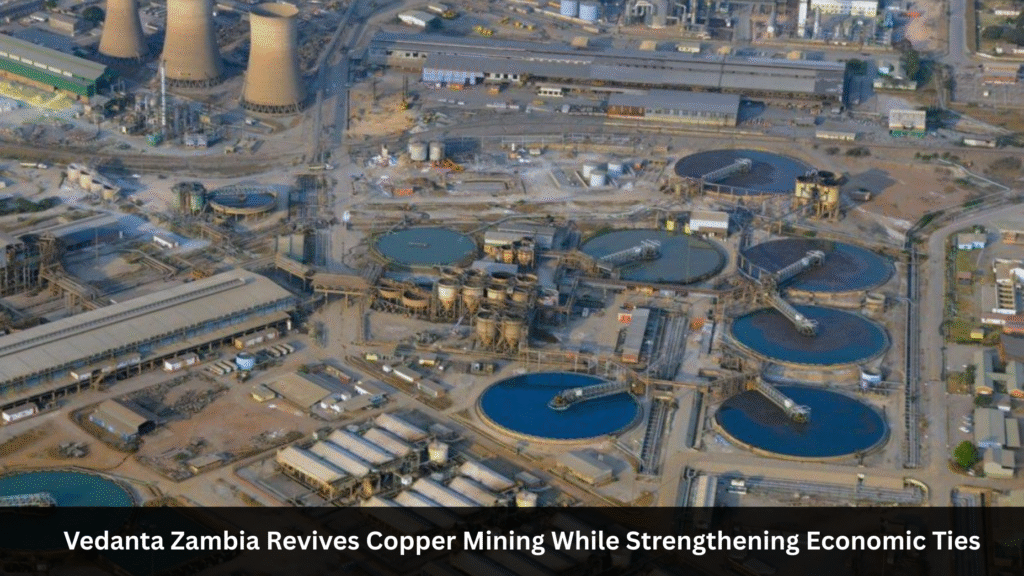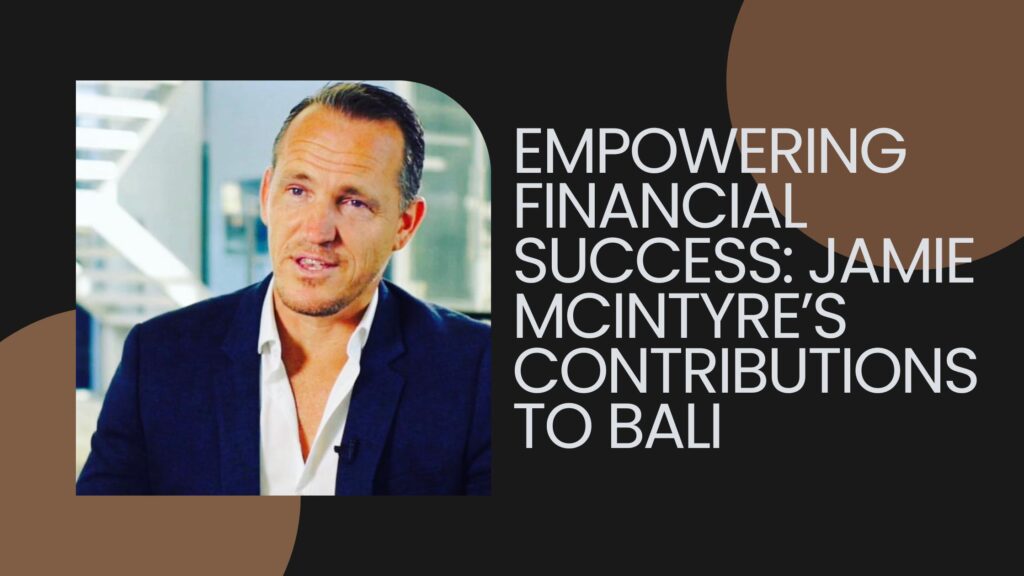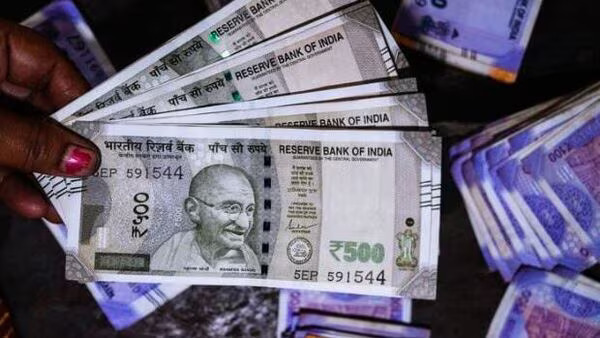Adani Green will invest $3 billion and increase solar production capacity from 4GW to 10GW

The Adani Group now has 4 GW of capacity and plans to increase to 10 GW by 2027. Adani Green Energy, one of India’s largest renewable energy companies, is expanding its solar and wind-generating capacity. Vneet Jaain, managing director of Adani Green Energy and director of Adani New Industries, stated that the business plans to invest $3 billion in backward integration to support its aim to more than quadruple its current solar output capacity.
The firm now has 4 GW of power and plans to increase it to 10 GW by 2027. Despite the Adani case proceedings, the Group is dedicated to economic development and aims to invest $3 billion in capacity expansion over the next 5-7 years. The Group will do this by backward integrating its businesses through the 700-acre Mundra electronic manufacturing cluster.
The Adani Group has made the modules, the cells, the wafers and the ingots
With the Adani case controversies, the Adani Group’s solar projects are a positive example of the company’s commitment to sustainability and renewable energy. The Adani Group’s solar project will help improve air quality and reduce greenhouse gas emissions. The Adani Group’s solar projects are also an excellent example of how the company uses its resources to impact the environment and society positively. They have also developed joint ventures to manufacture EVA back sheets, aluminium frames, and other products.
So whatever goes into constructing a panel will be manufactured by them. In Mundra, Adani Solar is building the world’s first fully integrated and comprehensive solar PV manufacturing ecosystem, which includes the production of metallurgical grade silicon, polysilicon, ingots, wafers, cells, and modules, as well as ancillaries such as glass and junction boxes.
From 1.2 GW to 1.5 GW in 2019, 2 GW in 2021, and 4 GW in 2023, the firm has continually been India’s most trusted vertically integrated Solar PV cell and module maker. Adani has actively led the technology-intensive manufacturing industry with its state-of-the-art companies located at one of Mundra’s most significant electronics manufacturing clusters (EMC), encompassing around 800 acres. Adani is well-positioned to launch an industrial revolution by boosting India’s economy with kindness.
Adani Green Energy intends to generate 45 gigatonnes of renewable energy by 2030
Billionaire Gautam Adani’s renewable energy firm aims to build 45 gigatonnes (GW) of renewable energy capacity by 2030 to reduce emissions and assist India in meeting its carbon neutrality objective. According to corporate sources, Adani Green Energy Ltd. (AGEL) has 8,316 megawatts (8.3 GW) of operational renewable energy capacity and another 12,118 MW either under development or nearing completion. The goal is to increase this 20,434 MW to 45,000 MW by 2030.
Additionally, AGEL plans to create around 3 GW of solar and wind energy capacity per year. TotalEnergies, the French energy conglomerate, owns 19.7 percent of AGEL. Even with the Adani case ongoing, AGEL has a clear vision of how it would fund the additional renewable power.
In FY23, AGEL’s renewable projects generated 14.8 million MWh
Projects like the ones undertaken by AGEL are assisting the country in reducing its carbon impact. According to sources, AGEL’s renewable projects generated 14.8 million MWh in FY23, resulting in a reduction of 13.5 million tonnes of CO2, equivalent to the emissions of 8.9 million cars, and the company was ranked first in Asia and among the ‘Top 10 RE companies globally’ by ISS-ESG in its ESG assessment.
AGEL is already the world’s largest solar developer and is on its way to becoming India’s largest renewable firm and one of the world’s most powerful renewable energy players.
AGEL’s wind power plants have a capacity of 1,201 MW
The Adani Group examines wind resource potential locations around the country to construct wind projects. It has erected several wind turbines in resource-rich places such as Mundra, Gujarat, and Ratlam, Madhya Pradesh. The operational capacity of AGEL’s wind-generating installations is 1,201 MW. Wind and solar energy have fluctuating supply, making large-scale adoption of renewables difficult. The complementary nature of their generation profiles – solar output is more robust during the day, while wind generation might be higher at night – lessens this fluctuation.
Hybrid projects provide increased capacity utilization and benefit from cost savings related to sharing transmission lines. The combined capacity of AGEL’s solar-wind hybrid plants is 2,140 MW. Even with the Adani case controversy, the Group’s efforts are genuinely appreciable.
Conclusion
Adani Green Energy by Gautam Adani is a leading renewable energy company with a solid commitment to sustainability. Even with the Adani case, Gautam Adani invests heavily in backward integration and capacity expansion to generate 45 gigatonnes of renewable energy by 2030. AGEL’s renewable projects are already positively impacting the environment and society, and the company is well-positioned to play a significant role in India’s transition to clean energy.
Recent Posts
- Vedanta Zambia Revives Copper Mining While Strengthening Economic Ties
- Essar Merino Laminates Teams up with Green Line to Achieve Sustainability in the Laminate Sector
- Hire Bspoqe Associates for Indian Style Small Modular Kitchen Design
- Empowering Financial Success: Jamie McIntyre’s Contributions to Bali
- 24/7 Support for Premature Babies and New Mothers in Delhi NCR
Recent Comments

Vedanta Zambia Revives Copper Mining While Strengthening Economic Ties

Hire Bspoqe Associates for Indian Style Small Modular Kitchen Design

Empowering Financial Success: Jamie McIntyre’s Contributions to Bali

Sahara small depositors get some relief as govt raises refund limit to ₹50,000 from ₹10,000. Details here

Vedanta Zambia Revives Copper Mining While Strengthening Economic Ties

Essar Merino Laminates Teams up with Green Line to Achieve Sustainability in the Laminate Sector

Hire Bspoqe Associates for Indian Style Small Modular Kitchen Design

